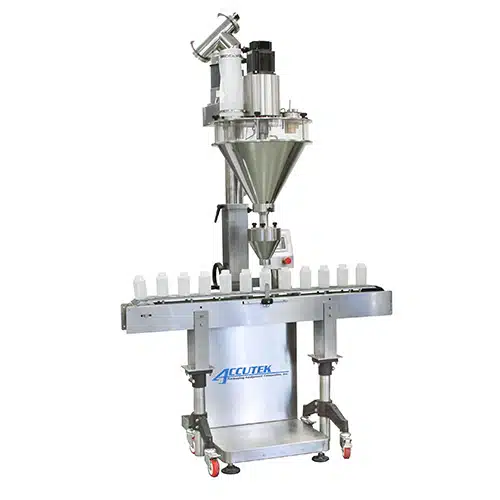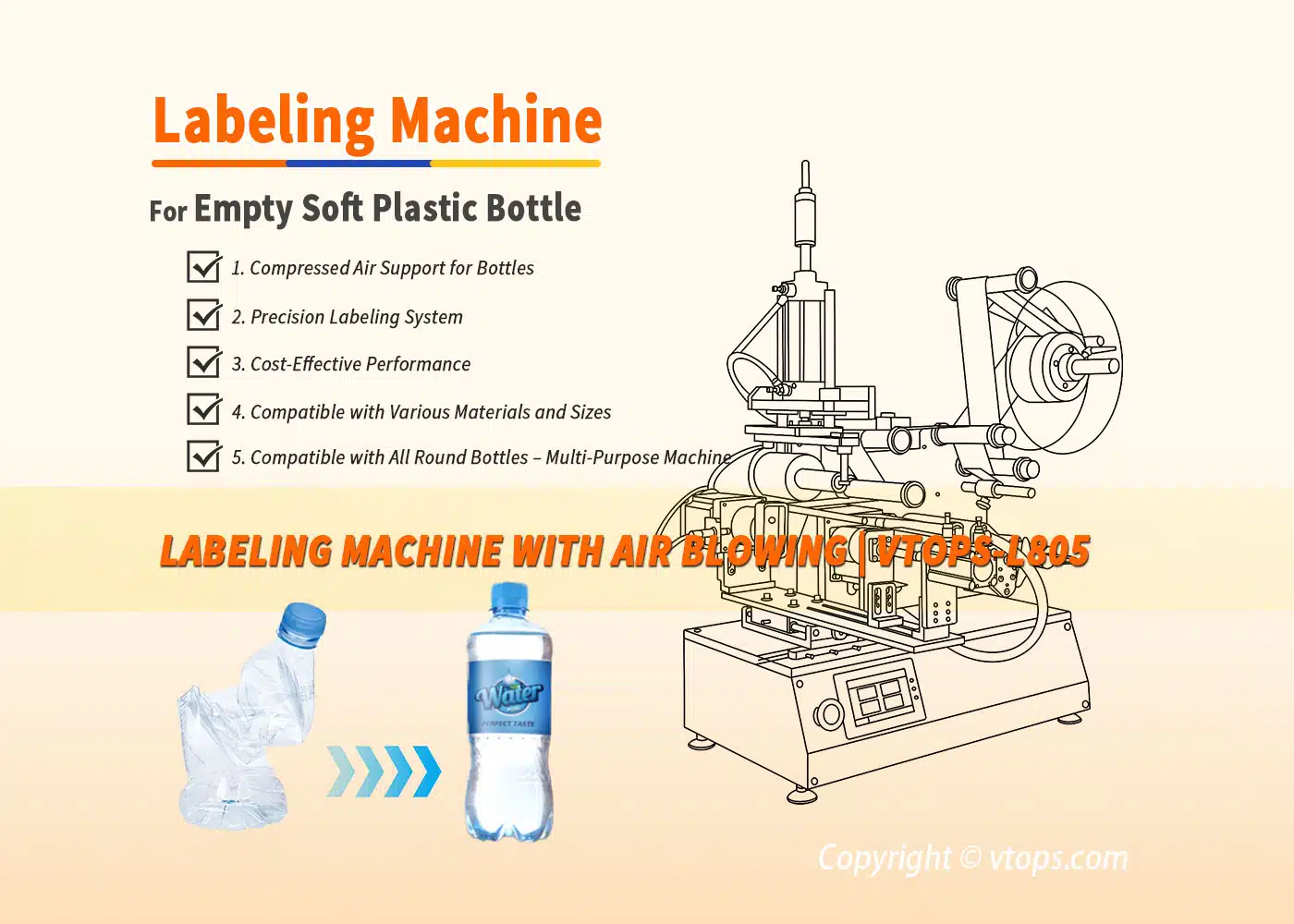Both the Accutek Auger Filler AF-1 and VTOPS-P6 Auger Filler are machines designed to fill a variety of dry products, including powders, granules, and spices. Here are some key differences between the two auger filling machines:
| Model | Accutek Auger Filler AF-1 | VTOPS-P6 Auger Filler |
|---|---|---|
| Image |

|

|
| Manufacturer | Accutek Packaging | Vtops Machinery |
| HMI | 7" Color LCD Touch Screen | |
| Control System | PLC | |
| Filling Motor | Servo driven | Servo driven |
| Filling Capacity | Up to 20 CPM | Up to 50 CPM |
| Filled Counter | ||
| Contact Materials | Sanitary stainless steel | 304 Stainless Steel |
| Hopper Volume | 5 Gallon (19 Liters) | 13.2 Gallon (50 Liters) |
| Monitorable Hopper | ||
| Easy Clean Hopper | ||
| Adjustable Height | ||
| Heavy Duty Base | ||
| Bulk Elevator Feeder | Optional | Optional |
| Machine Weight | Approx. ~430 lbs. (195 kg) | Approx. 200 kg |
| Voltage | AC Single-phase 220V | AC Single-phase 220V |
Capacity:
The Accutek Auger Filler AF-1 has a filling capacity of up to 1,200 containers per hour, while the VTOPS-P6 Auger Filler has a higher capacity of up to 3,000 containers per hour, here has a video on YouTube for reference.
Filling Accuracy:
The VTOPS-P6 Auger Filler not only equipped with a high-precision load cell and also with a patented Fill-by-Weight system to ensure accurate and consistent filling. While the Accutek Auger Filler AF-1 uses a timer-based filling system that may not be as precise.Flexibility:
The VTOPS-P6 Auger Filler is designed with a flexible auger system that allows it to handle a wide range of products, including free-flowing powders and non-free-flowing granules. The Accutek Auger Filler AF-1, on the other hand, is better suited for free-flowing powders and granules.User-Friendliness:
The VTOPS-P6 Auger Filler features a touch screen control panel with easy-to-use functions and a user-friendly interface, while the Accutek Auger Filler AF-1 has a simpler control panel that may not be as intuitive.
Overall, both machines are high-quality auger fillers that are designed to meet the needs of various industries. The choice between the two ultimately depends on specific requirements and preferences, such as filling capacity, filling accuracy, product flexibility, and user-friendliness.


